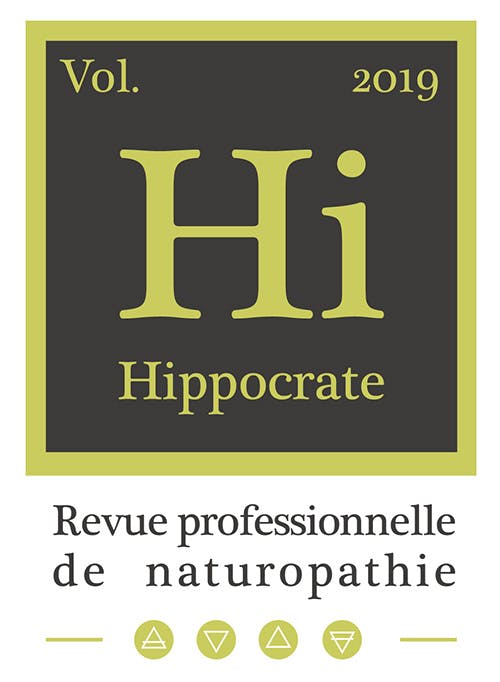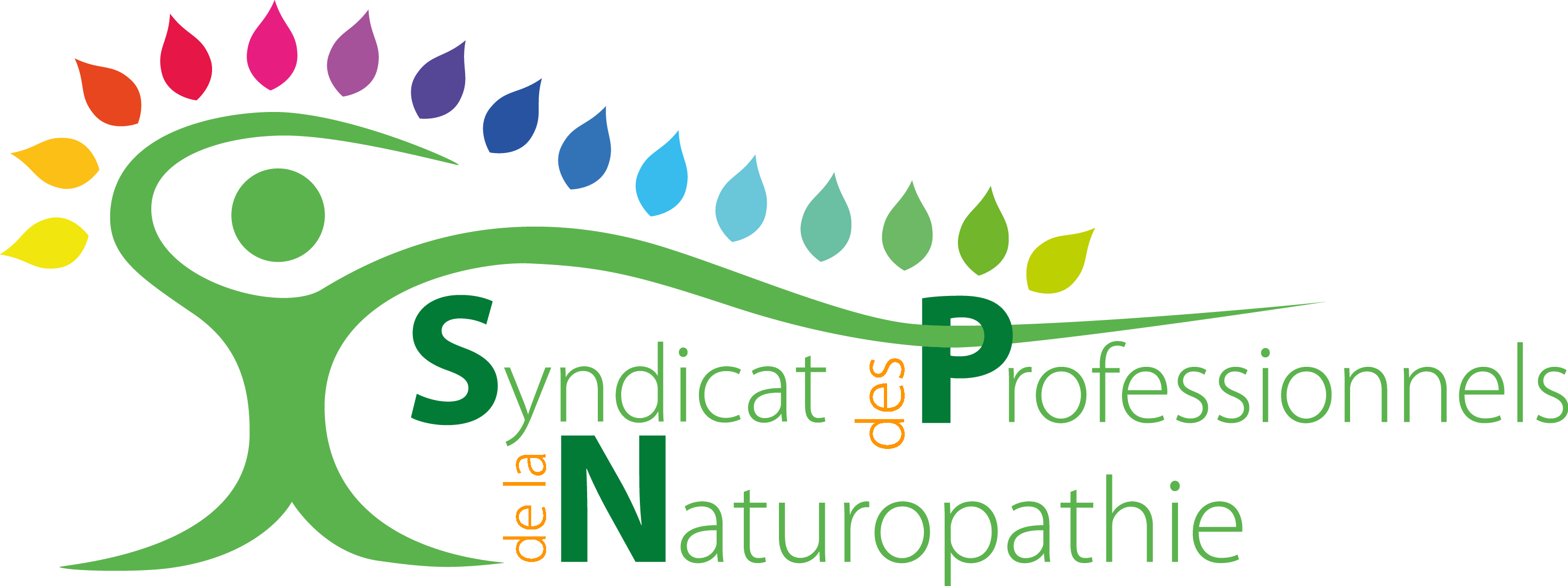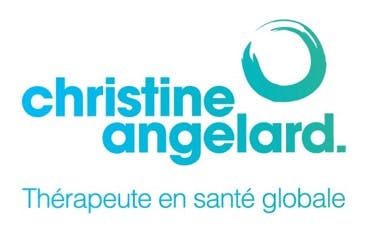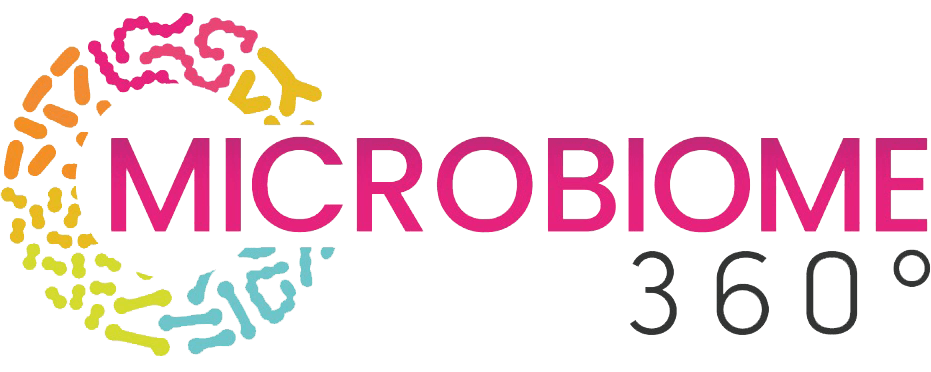Helminthic Therapy

Faced
with
chronic
diseases
such
as
severe
allergies,
inflammatory
bowel
diseases,
or
certain
autoimmune
disorders,
some
patients
who
have
not
responded
to
conventional
treatments
explore
alternative
paths.
Among
them,
helminthic
self-
therapy
is
gaining
increasing
interest:
it
involves
voluntarily
introducing
intestinal
worms (
called
helminths),
natural
parasites
of
the
human
body,
into
the
organism.
The
goal?
To
reduce
inflammation
and
calm
an
overly
aggressive
immune
system.
This
practice,
still
experimental,
is
developing
outside
traditional
medical
channels,
particularly
through
online
support
groups.
Some
draw
a
parallel
with
phage
therapy (
using
viruses
to
target
bacteria),
which
has
also
been
revived
in
the
face
of
certain
therapeutic
dead
ends.
The
link
between
excessive
hygiene
and
the
rise
of
autoimmune
diseases
has
been
highlighted
by
research
for
several
decades.
In
industrialized
countries,
where
deworming
campaigns
have
nearly
eradicated
these
worms,
there
is
a
significant
increase
in
chronic
inflammatory
diseases.
Studies
have
then
attempted
to
reintroduce
certain
parasites
in
a
controlled
environment,
with
sometimes
very
encouraging
results:
in
the
United
States,
for
example,
a
study
showed
improvement
in
patients
with
Crohn's
disease
after
ingesting
helminth
eggs.
A
scientific
journal,
the
Journal
of
Helminthology
,
affiliated
with
the
University
of
Cambridge,
has
been
compiling
research
on
this
approach
for
over
40
years.
It
reminds
us
that
helminths
have
already
demonstrated
their
potential
in
treating
inflammatory
and
autoimmune
diseases,
as
well
as
disorders
like
depression
and
anxiety.
However,
this
self-
therapy
raises
many
ethical
and
medical
questions.
Practiced
without
professional
supervision,
it
is
not
without
risks.
It
embodies
both
the
boldness
of
patients
seeking
solutions...
and
the
necessity
of
an
open
dialogue
between
therapeutic
innovation
and
safety.






































